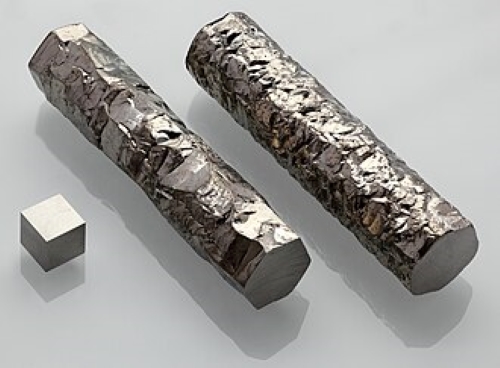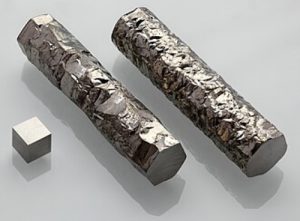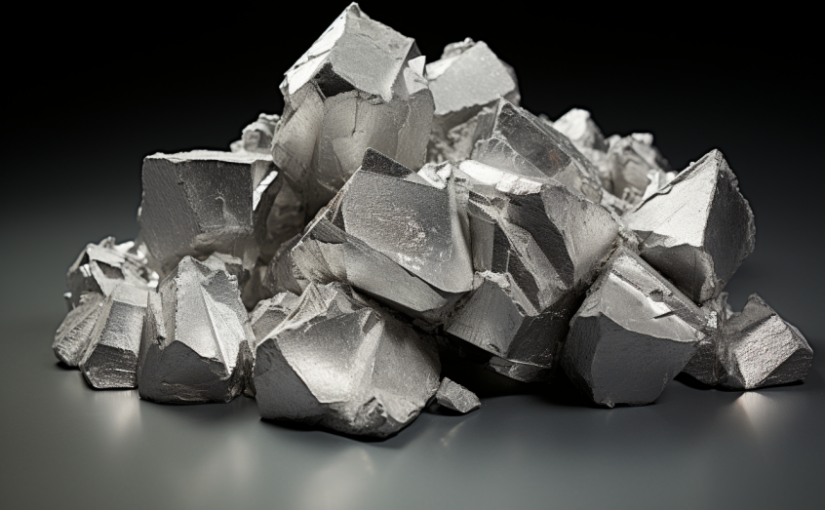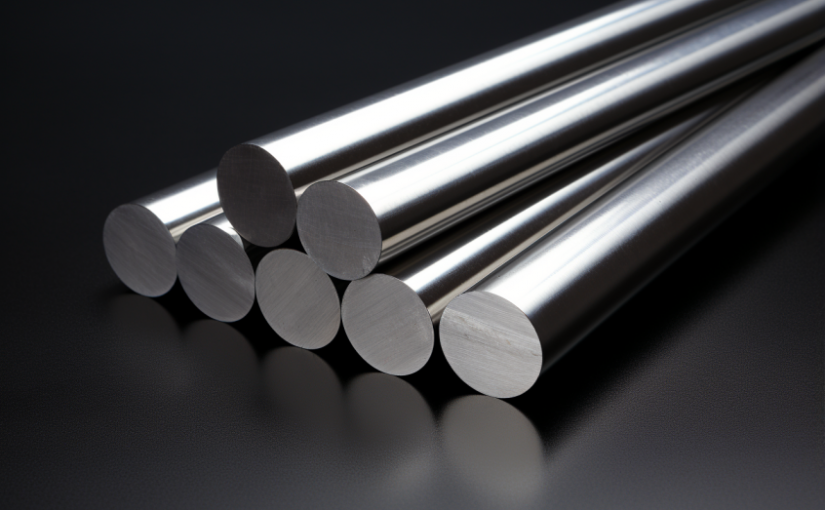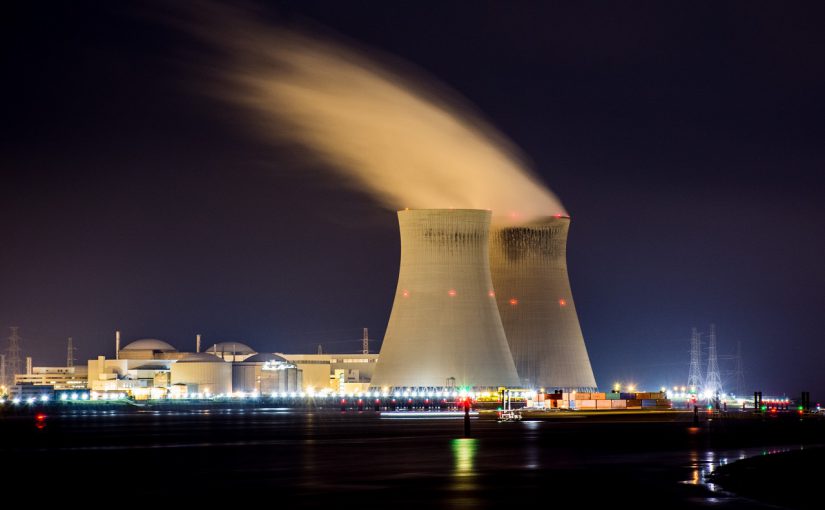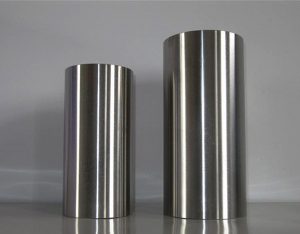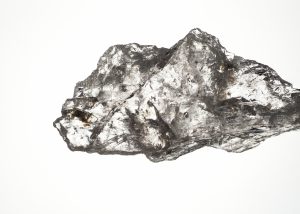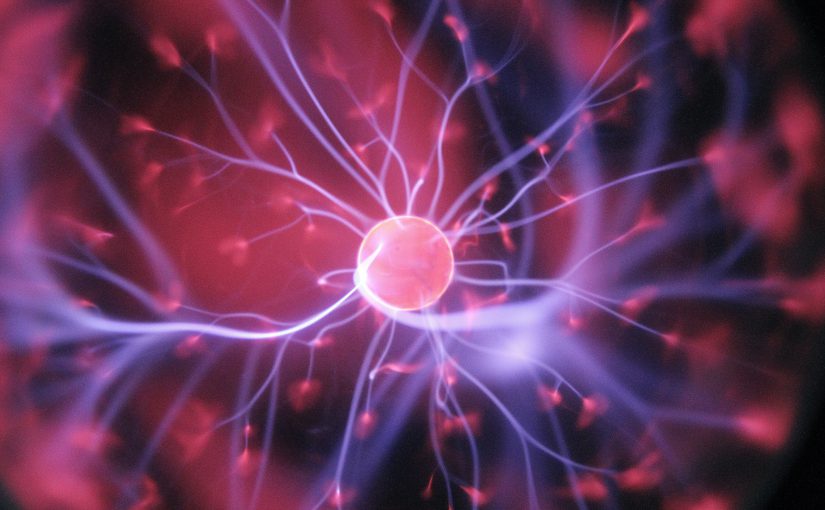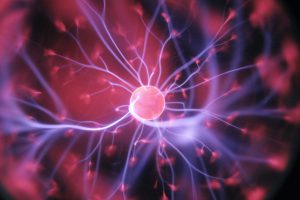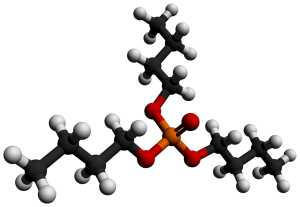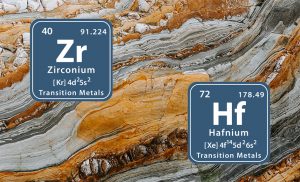Introduction
The zirconium-titanium alloy represents a remarkable fusion of zirconium and titanium. This composition combines its inherent strengths to create a versatile material celebrated for its exceptional properties across multiple industries. This alloy, tailored through precise composition ratios, manifests a harmonious blend of strength, corrosion resistance, and lightweight characteristics. So, this alloy has become indispensable in various industrial domains.
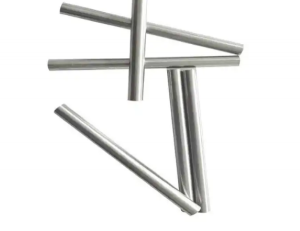
Composition and Unique Characteristics:
–Elemental Composition:
The alloy primarily comprises zirconium and titanium in varying proportions to achieve specific mechanical and chemical attributes. This intentional blending imbues the alloy with a balance of structural integrity and resistance to environmental degradation.
–High Strength and Corrosion Resistance:
At the core of its acclaim lies the alloy’s exceptional strength-to-weight ratio. That’s a result of the amalgamation of zirconium and titanium. This amalgamation not only enhances its mechanical robustness but also bestows upon it unparalleled resistance to corrosion. Thus, it is impervious to the damaging effects of harsh environments, including acidic and high-temperature settings.
Related reading: Zirconium Alloys 101
Versatile Applications across Industries:
Zirconium-titanium alloy stands out as a versatile material. It finds applications across diverse industries due to its exceptional properties. They are strong, lightweight, and corrosion-resistant. These properties make it a prime choice for various industrial and technological advancements.
–Aerospace Engineering and Aviation:
In the aerospace industry, the zirconium-titanium alloy serves as a cornerstone material. That’s because of its lightweight nature and unparalleled strength. Its application extends to the construction of lightweight yet sturdy components for aircraft, spacecraft, and various aerospace structures. Moreover, its resistance to corrosion elevates its utility in components exposed to extreme environmental conditions, augmenting their longevity and reliability.
–Medical Implants and Devices:
The alloy’s biocompatible nature renders it a preferred material for medical implants, such as orthopedic implants, dental devices, and surgical instruments. Its compatibility with the human body minimizes the risk of adverse reactions. So, it is a prime choice in medical applications requiring reliability and safety.
–Marine Engineering and Offshore Structures:
In marine engineering, the alloy’s exceptional resistance to corrosion in seawater environments makes it invaluable. Its utilization spans ship components, offshore structures, and marine equipment prone to corrosion. Such uses also fortify their durability and resilience in harsh maritime conditions.
Impact on Nuclear Reactors and Chemical Processing:
The versatile zirconium-titanium alloy also plays a multifaceted role across the nuclear industry. Its robustness, high-temperature resistance, and remarkable corrosion resistance have positioned it as a vital material in nuclear reactors and chemical processing plants. These properties also contribute significantly to safety, reliability, and operational efficiency in these industries.
–Nuclear Industry Applications:
Within nuclear reactors, the zirconium-titanium alloy possesses robustness and high-temperature resistance. So, it is a preferred material for critical components and nuclear fuel assemblies. Its ability to withstand extreme conditions contributes to the safety and reliability of nuclear power generation.
–Chemical Processing and Corrosive Environments:
In chemical processing, plants need to handle highly corrosive substances. The alloy’s resistance to a wide array of corrosive chemicals stands out. Such an application in equipment and vessels also enhances its longevity and reliability and ensures operational efficiency and safety.
Conclusion: Pioneering Progress and Industrial Advancements
The zirconium-titanium alloy is a product of meticulous engineering and material science. It stands as a linchpin in industrial progress. Its amalgamation of strength, corrosion resistance, and versatility fuels advancements across aerospace, medical, marine, nuclear, and chemical industries.
As a pivotal component in various critical sectors, this alloy continues to catalyze innovation. And, it paves the way for robust, durable, and reliable technological solutions in a diverse array of applications.
Advanced Refractory Metals (ARM) stands as a reliable and trusted supplier of premium-quality zirconium titanium alloys. Our extensive range of tailored zirconium metal products can meet diverse industrial needs. With a commitment to swift delivery, we ensure efficient and timely fulfillment of orders. You can check our homepage for more information.

